Update: New Trailer (7/9/10)
In July of 2008, Fawaz Al-Matrouk, director of "To Rest In Peace", brought me on to shoot his USC graduate thesis film. Two years, 3 cameras, and over 15,000 miles later, the film is in its last week of post, having completed our final color correction at Light Iron Digital in Culver City yesterday.
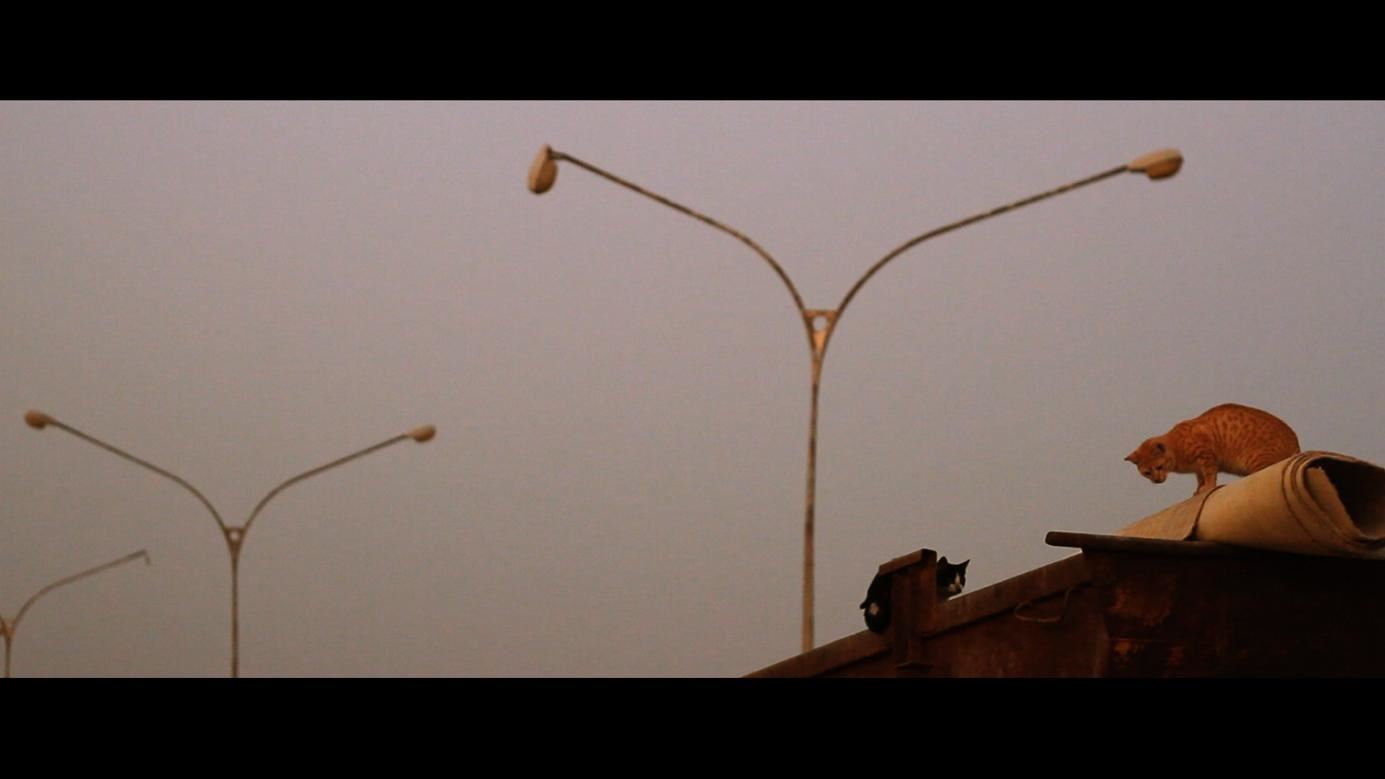





Based on a true story, the film takes place a few months into the Iraqi occupation of Kuwait. It centers around the perseverance of our our protagonist, Malek, and his desire to bury the decaying bodies of two men left to rot as an example for all. Eschewing the modern Middle East war film aesthetic of bleach-blown out highlights and hyper-documentary camerawork, we aimed for a more classical look with controlled contrast, deep blacks, and formal compositions. From the beginning, our visual touchstone was "Lawrence of Arabia" so the obvious format choice was crisp and epic anamorphic 35mm. Easier said than done.
First off, while incredibly Western, the lack of an industry infrastructure in Kuwait - talent, support, and equipment - virtually eliminated the initial idea of shooting principal there; we would have had to ship our camera package from Dubai and then drive our film across 2 borders into the UAE to get it developed.
The next solution was to shoot principal in the United States and get our driving plates and b-roll after production in May '09. Because principal photography would account for about 95% of screen time, we made the decision to use locations in Southern California (Irvine, Agoura Hills, Huntington Beach, Marina Del Rey) that 1)best served our story and 2)we had a fighting chance of matching in Kuwait. Essentially, we would define the way Kuwait looked on screen instead of the other way around. We still had to remain faithful to certain geographic elements - specifically, Kuwait is incredibly flat so we took special care to avoid the mountains of Southern California in any of our frames.
As I see it, when it comes to format, my job as a cinematographer is to maintain and preserve the integrity of the image but also to execute the shots necessary to tell the story. While two sides of the same coin on larger films, this usually becomes the paradox DP's face on lower budget productions. So when it came time to make the call on format on "To Rest in Peace", keeping in mind the latter requirement of getting the story on screen, Fawaz and I ultimately opted for digital and it was the best decision we made. Here's why:
Yes, we would all love to shoot film on all our projects. This one seemed perfect for it: plenty of day and night exteriors to be classically approached both in lighting and coverage. But on this project specifically, the inherent volatility of film was too much of a gamble. For either the entirety of principal photography or even just b-roll/plates, to take an entire crew (or even just department heads) to Kuwait, shoot, and wait on the OK from a lab 2 countries and 500 miles away is both unaffordable and impractical.
The decision was made to shoot RED One for principal and the Canon 7D for our Kuwait b-roll footage. Yes, there was detail loss in the highlights. Yes, we got jello-cam when we drove too quickly. And yes, I wish the whole movie could have been shot on anamorphic 35mm, but the ability these cameras gave us to tell our story WITHIN our budget is something that was not possible even two years prior.
For example, Kuwait is full of street cats and capturing them was something Fawaz knew would contribute to the overall feel of the country. After the sun had set, shooting wide open (T1.8) at 800+ ISO, we were able to get shot after shot of this feline underworld as they dug through the remains of the war from 20 years ago. Additionally, because of its ability to disguise itself as a still camera, we were able to get access and footage in places that even a 35mm package scaled down to its most basic elements would have drawn too much attention. The main reason we went there in the first place - driving plates - was alleviated by the camera's weight being a fraction of that of a 35mm camera, thus allowing us to employ a much smaller, more manageable rig.
Finally, the cost saving advantage of these cameras is massive. In addition to saving money on stock, processing, etc., I was able to bring our entire camera package in 2 cases ($100 total in baggage fees); whereas the shipping costs of the 35mm camera package from Dubai to Kuwait City were over $10k. Furthermore, aside from our volunteer production support in Kuwait (PAs, UPM, etc.), our only crew was Fawaz and myself.
In a final ironic twist, toward the end of our last day of shooting on the island of Failakah (the greater irony is that this ghost town had been attacked and abandoned during the war only to be finally demolished the day after we left 20 years later), Trusty Dusty - our faithful 7D - went down. Still needing to shoot a few more shots on the mainland the following day, we were able to secure a Sony EX-3. I have two conclusions from this incident:
1) We would have been dead in the water had that camera been a 35mm camera.
2) Being a format snob doesn't help the movie. The producers on this film were wise in budgeting for a robust final color correction so my fear of this film turning into a hodgepodge of formats was greatly allayed by the knowledge that we would be taking it through a system that could unnoticeably assimilate our 3 capture formats. With this in mind, we were able to visually and practically approach that film in a way that film would have never allowed us.






Just updated your iPhone? You'll find new emoji, enhanced security, podcast transcripts, Apple Cash virtual numbers, and other useful features. There are even new additions hidden within Safari. Find out what's new and changed on your iPhone with the iOS 17.4 update.



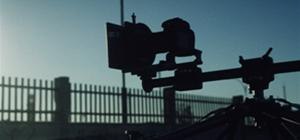
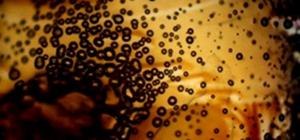
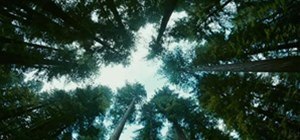
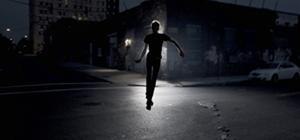
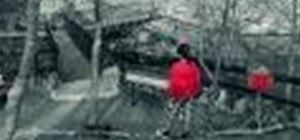
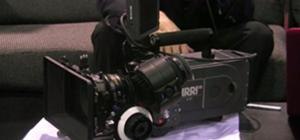
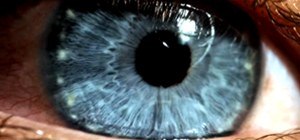




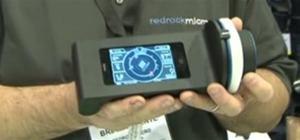
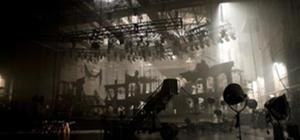

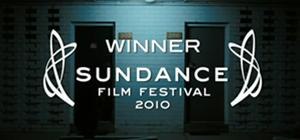

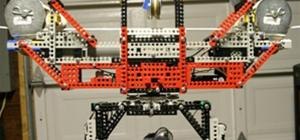
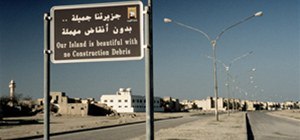
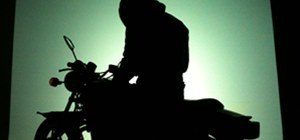
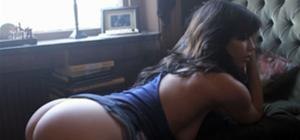
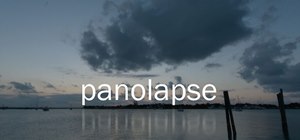
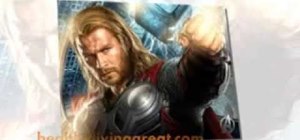
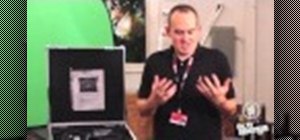
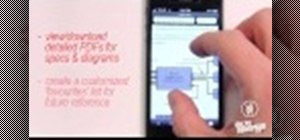
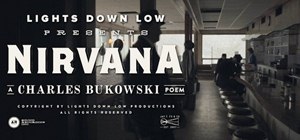
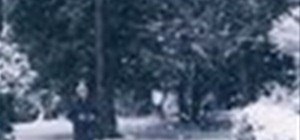
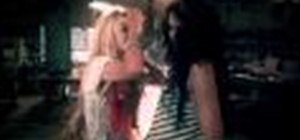
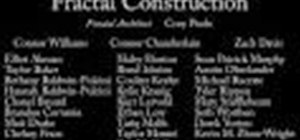

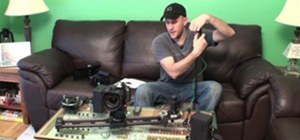
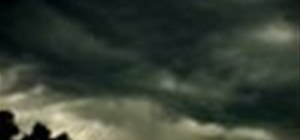
2 Comments
Thoughtful article about a choice every project wrestles with at some point. There's no way to argue film is the simpler, easier choice on a low-budget shoot anymore--whether it's still worth the trade-offs is something that depends on all the variables mentioned above.
And yet as much as digital capture has improved over the last two years, I'm concerned about the prospects of a widescreen short like "To Rest in Peace" being digitally projected properly (that is, taking up the full height of the screen). At festivals it's likely to screen before/after a 1.85 or 1.78 project, and what seems to be the norm these days is to chop more image off the top and bottom, rather than adjust image size to fill a 2.40 screen. That is to say, widescreen is becoming "shortscreen".
On the capture side there have been a number of exciting developments for widescreen capture (especially 4x3 sensors on the next generation RED and Alexa cameras), but I'm curious if exhibition is keeping up. It'll be interesting to hear you and the rest of the team report back once the film is making festival rounds.
Great article! It's always interesting to get the backstory of the story — the behind the scenes problems and how they are managed. Since I've been to Kuwait, I'm interested in how well it will come out having principal in Southern California, but from what you say, it seems like it will come out great.
Share Your Thoughts